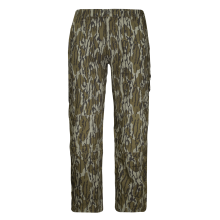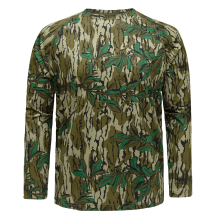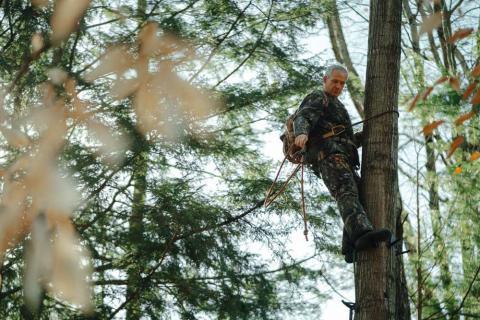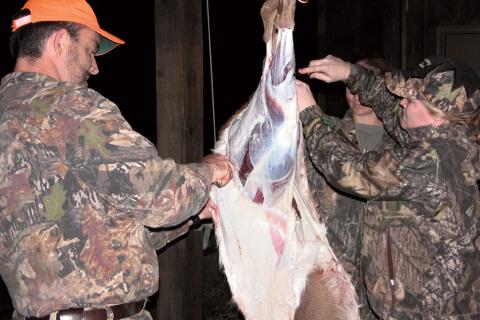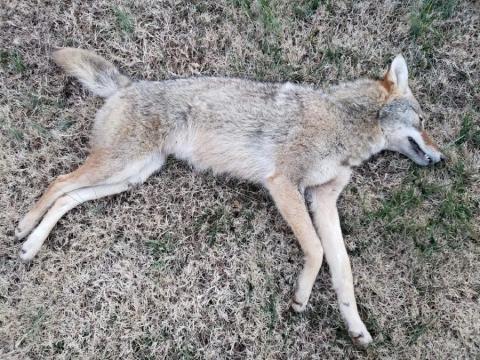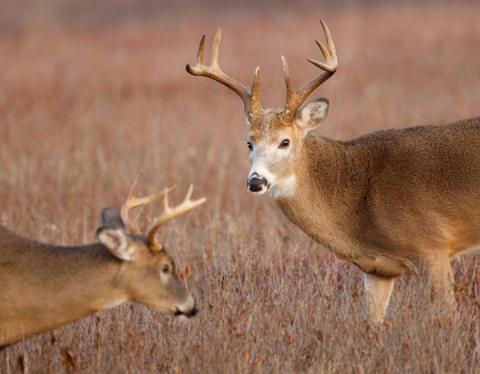Phillip Gentry
When most people think of fly fishing, the image that comes to mind is the silhouette of a wader clad angler plying the bubbling waters of some cold mountain stream. Others may envision an iridescent Caribbean sand flat with an angler on the deck of a sleek flats boat trying to temp a shadow drifting through the saltwater.
As many fly-casting fans have discovered, just about any type of fish species that can be caught on conventional tackle can be caught on fly tackle. Fly casting can also be an extremely successful tactic for taming one of the most aggressive and numerous families of fish. These fish are colloquially known as bream. Even if your ultimate goal is to fool a wary brown trout or tempt a hard charging permit, learning and retaining fly fishing skills can often be done on your own home waters.
The trick to casting a fly rod is to remember that you’re casting the line, not the lure. Almost all of them start out flailing at the water trying to get the lure ahead of the line. Working the rod from the “10 and 2” position, draw the rod and line backward to the 2 o’clock position and shoot the line forward by flicking the rod forward to the 10 o’clock position using your wrist and forearm. That’s the basic fly cast and becoming proficient is ample enough skill to catch bream.

Casting for Bream
Trying to push the rod forward into the cast—as is done with baitcasting and spinning tackle, won’t allow the fly line to lay out and present the bait to the fish. For bream fishing, small popping bugs and flies provide almost no weight, so the weight of the fly line has to be used to propel the bait forward. Another aspect of fly fishing for small species of fish is that the fly reel’s primary purpose is not for fighting fish, but for storing line. Retrieving a bream on the hook is much easier to do by stripping the line in rather than using the reel.
Fly Fishing for Bream Gear
Fly rods are sized based on line weights. A good panfish or trout sized rod is in the 3–5-line weight range. Rod length is a matter of personal preference but rods don’t need to be overly long for bream fishing. A 7’ – 9’ rod will meet most needs.
The fly reel’s basic function is line storage so there’s little need to buy one with lots of bells and whistles. A basic fly reel that is of decent construction will service the bream angler for many years.
Fly lines come in a variety of styles. Weight forward fly line has become the industry standard and floating line is preferred since water depths of bream beds seldom exceeds 4-5 feet deep. From there, the angler can get as fancy or as basic as he or she wants. A monofilament leader can be made with a rod length of 4–6-pound test mono line or the angler can buy fly fishing mono leaders that taper from 10-pound test down to 4-pound test. These can be purchased in most retail stores.
As with any lure, match the size of the bait to the size of the fish. Bream have small mouths and bugs and flies with smaller hooks in the size 10 range will hook more fish. Larger baits with larger hooks are acceptable for the biggest bream and the not-so-occasional largemouth bass that shows up.
Fortunately, bream are very forgiving fish and even novice anglers who are still learning to cast can catch some good bream throughout the summer months when multiple and repeated insect hatches keep these fish tuned to the water’s surface for a quick meal.













